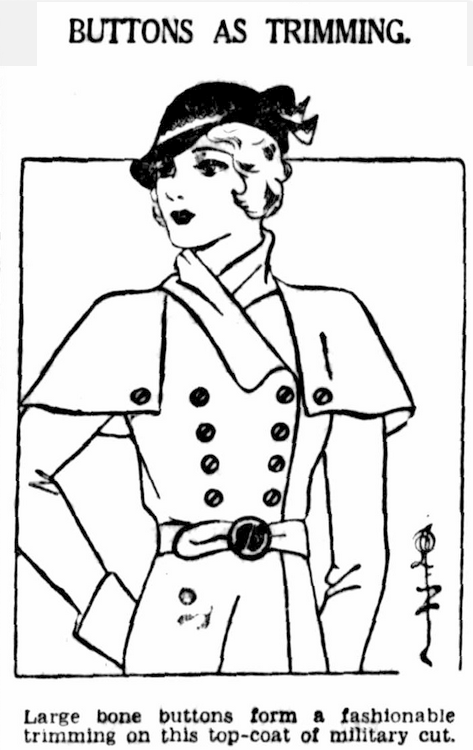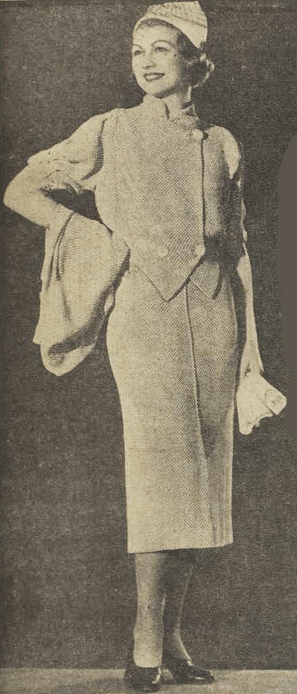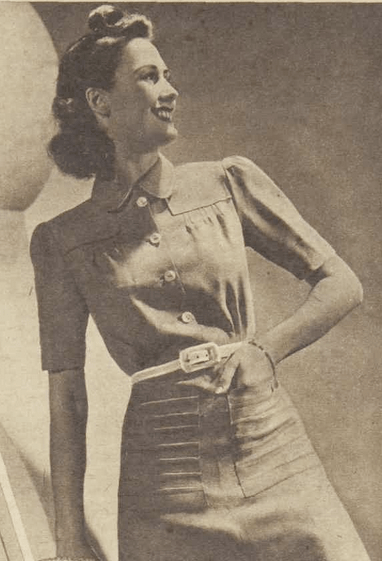Bone Buttons
Bone has been used to make buttons since the 17th century, and probably earlier, for it provided a material for rural people to make their own crude buttons. It was in great use in the eighteenth and nineteenth centuries, but was gradually replaced by other materials. The buttons ranged from very plain underwear and trouser buttons to ornately carved, inlaid and painted. Chinese and Japanese were still exporting fancy bone buttons to America up until WW2. On the down-side, they were susceptible to abrasion and heat, and could not be die-stamped.
The bones used were mostly from cattle, but also from pigs, camels, whales, antlers from deer, and even feral dogs!
The bones were cleaned, boiled to soften, then sawn open, scraped and pressed flat. Button blanks were then sawn from this by hand or lathe. They were then covered with material or drilled: centrally for a pin-shank, or with several ( 2 to 5) holes for a sew-through type button. Disks of bone were veneered with other materials.
In Australia
Evidence of bone button making has been uncovered at the site on a convict hospital (see the Convict page). “White polished bone buttons” were advertised for sale in Hobart in 1826. It was reported that bone buttons were eaten by mice during a plague of the rodents in 1917. A Melbourne based factory, Freeman & Co, in North Footscray were granted permission to start a factory for production of bone buttons in Hopkins Street, Footscray in December 1929. They remodeled a building into a factory and started with a staff of 30 men. They were still in operation in 1931, but I have not found out anymore more about this firm.

The Sydney Morning Herald, 21st April 1932 page 3.

Australian Women’s Weekly, 14th November 1936 page 9. A summer suit with 3 large bone buttons.

Australian Women’s Weekly, 10th January 1942 page 22. A linen dress with white bone buttons.
